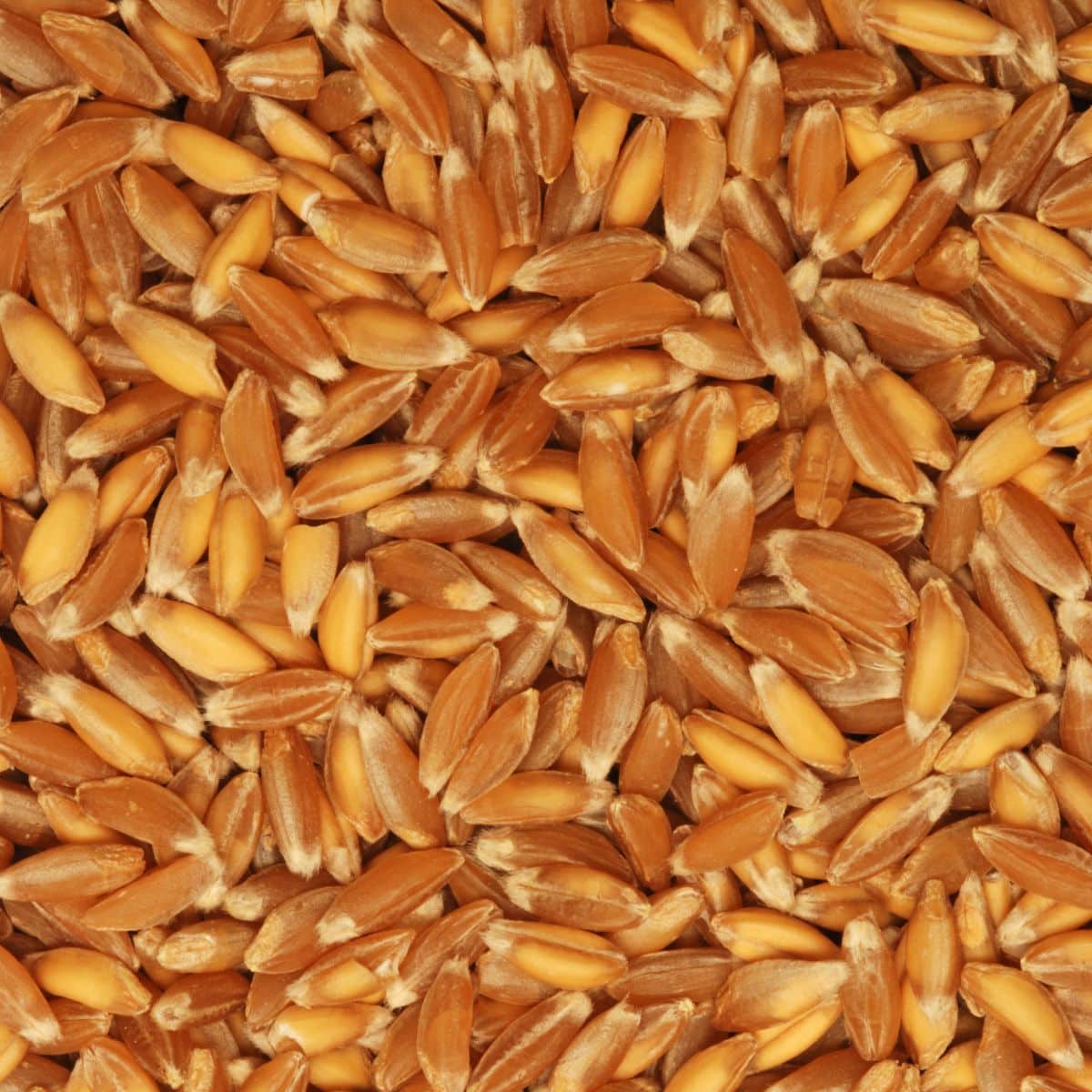Farro is a versatile ancient grain that has become increasingly popular in recent years. However, there might be situations when you don’t have access to farro or simply want to try something new.
In this guide, we’ll explore five different types of substitutes for farro that you can use in your recipes.
As a chef, I have used farro in various dishes, so I understand the importance of finding suitable alternatives.
What is farro?

Farro is an ancient whole grain that originated in the Fertile Crescent region thousands of years ago. It’s a type of wheat that comes in three varieties: whole (spelt), semi-pearled, and pearled.
The difference between these varieties lies in the level of processing they undergo, with whole farro retaining the most nutrients.
Farro has a nutty flavor and a chewy texture, making it an excellent addition to salads, soups, and other dishes.
What to think about when substituting farro
When looking for a farro substitute, consider the following factors:
- Texture: Choose a substitute that has a similar chewy texture to ensure your dish remains consistent.
- Flavor: Opt for grains with a nutty or earthy flavor that complements the other ingredients in your recipe.
- Cooking time: Select a substitute with a similar cooking time to farro to avoid over- or under-cooking the grains.
- Nutritional content: If possible, choose a whole grain substitute to maintain the nutritional benefits of farro.
5 Best Farro Substitutes
1. Barley

Barley is a fantastic substitute for farro due to its similar chewy texture and nutty flavor. It’s a versatile grain that can be used in salads, soups, and stews, just like farro.
Barley is available in hulled, pearled, and pot varieties, with hulled barley being the closest in nutritional value to whole farro.
When substituting barley for farro, you can use a 1:1 ratio. Keep in mind that the cooking times may vary slightly, with hulled barley taking longer to cook than pearled barley.
Adjust the cooking time accordingly to ensure your barley is cooked to the desired texture.
2. Wheat berries

Wheat berries are the whole kernel of wheat, which makes them a great whole grain option to replace farro.
They have a chewy texture and a mild, nutty flavor, making them a suitable alternative in various dishes.
To substitute wheat berries for farro, use a 1:1 ratio. However, wheat berries may take longer to cook than farro, so be sure to adjust the cooking time to achieve the desired texture.
Soaking the wheat berries in water overnight can help reduce the cooking time.
3. Spelt

Spelt, also known as dinkel wheat, is another ancient grain that can serve as an excellent substitute for farro.
It has a chewy texture and a slightly sweet, nutty flavor that works well in a variety of dishes.
You can substitute spelt for farro using a 1:1 ratio. Spelt may require a longer cooking time compared to farro, so be sure to adjust the cooking time to achieve the desired tenderness.
Soaking spelt overnight can help reduce the cooking time as well.
4. Brown rice

Brown rice is a whole grain option that can be used as a farro substitute in certain dishes. It has a chewy texture and a mild, nutty flavor that can complement various ingredients.
While brown rice lacks the distinct earthy taste of farro, it’s a widely available and nutritious alternative.
When substituting brown rice for farro, use a 1:1 ratio. Be aware that brown rice typically takes longer to cook than farro, so adjust the cooking time accordingly.
To achieve the desired texture, you may need to cook the brown rice for 40-50 minutes.
5. Quinoa

Quinoa is a gluten-free seed that can be used as a farro substitute, especially for those with gluten sensitivities. It has a slightly crunchy texture and a mild, nutty flavor.
Although quinoa’s texture is not as chewy as farro, it still works well in a variety of dishes.
To substitute quinoa for farro, use a 1:1 ratio. Quinoa has a shorter cooking time than farro, usually around 15-20 minutes, so adjust the cooking time to avoid overcooking the quinoa.
Rinse the quinoa thoroughly before cooking to remove any residual bitterness from the saponin coating.
If you pick this alternative have a look at my how to cook quinoa guide.
Conclusion
While farro is a delicious and versatile ancient grain, there are several suitable alternatives available for different culinary needs.
Barley, wheat berries, spelt, brown rice, and quinoa are all excellent substitutes that offer their own unique flavors and textures.
Consider the factors mentioned above when choosing a farro substitute, and don’t be afraid to experiment to find the best fit for your recipe.